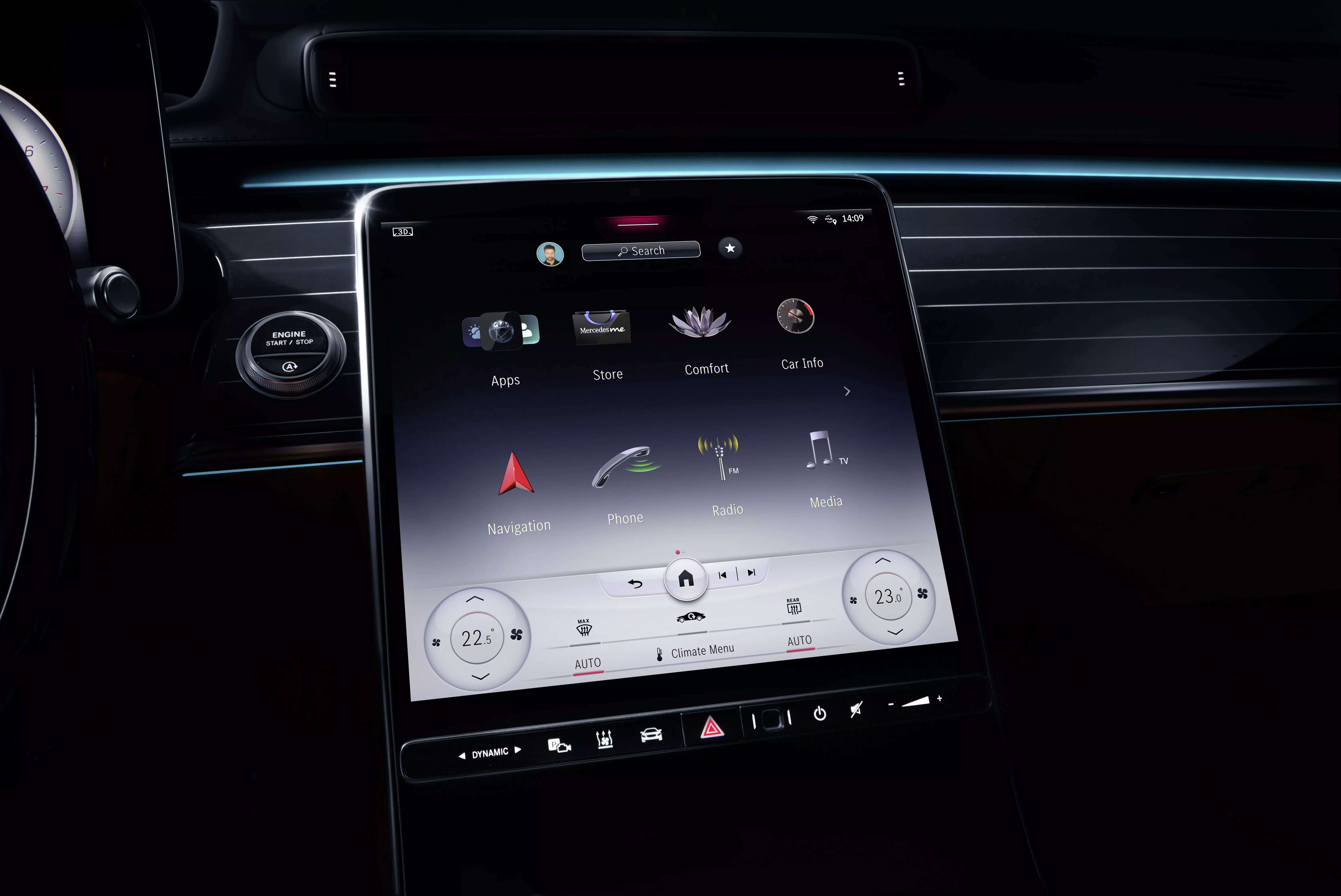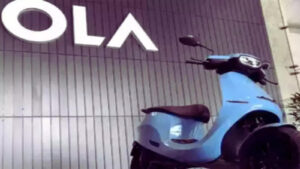
The road ahead is endless and car brands are keeping up with the technology for it. With the evolution of digital dashboards, customers are set for an immersive experience.
Auto buff discussions are shifting from those on engine performances to the driving range and user interface of digital dashboards.
While researchers are focusing on improving car battery life, standardisation and quicker charging technology, there’s also the customisation and advancement of instrument clusters. That’s transformative, revolutionising the way we interact with our cars. These digital dashboards are also enhancing the safety and utility of our rides.
With Just One Glance
Initially, digital dashboards were used in the 1970s. Even though they were not interactive and as flashy as the ones we have now, they initiated the transitional shift from traditional analogue gauges to the next era of automotive instrumentation.
Primarily, digital dashboards are advantageous due to the versatility and customisation they offer, unlike the analogue versions that come with fixed pre-sets and functions.
Digital displays can adapt to various parameters like themes and colour schemes, going by outside conditions. These smart displays can also provide realtime information like navigation, fuel economy, range and other diagnostics to maintain your car’s health. All this can happen with just one glance.
Some of these panels are touchscreens and can be controlled using voice commands, increasing accessibility without the stress of fiddling with knobs or buttons while driving.
Safer Driving
Each infotainment system differs in responsiveness. These displays not only enhance the driving experience, but also reduce distractions (in most cases) and promote safer driving, helping the driver carry out certain functions without taking attention off the road for more than a few seconds.
The smart displays offer wired or wireless connectivity options. Features like Apple CarPlay and Android Auto enable hands-free calling, messaging and accessing media.
Inbuilt sensors and processors provide more accurate and reliable readings. Higher-resolution panels are easier to read in various lighting conditions, minimising glare with better visibility. You can even customise these interfaces, which enable you to see multiple functions on the same display as per the driver’s requirements.
Going forward, with AI coming under the hood, the scope for innovation is immense. Here are some cars that stand apart from the rest when it comes to exceptional digital displays:
Tesla Model S: This flagship sedan from Tesla comes with a large 17-inch touchscreen display which controls virtually everything in the car, from climate control to infotainment. Its intuitive interface and over the air updates ensure that the car always has the latest features and improvisations.
Mercedes-Benz EQS: The EQS sets a new benchmark with the MBUX for luxury EVs, sporting a massive 56-inch Hyperscreen that spans across the dashboard. It uses artificial intelligence to proactively display the right functions at the right time for the driver. These are three separate OLED screens stitched together seamlessly, forming a curved display.
Audi e-tron: This EV from Audi has the finest futuristic interiors. It’s a Virtual Cockpit Plus system, packed with customised information, navigation, audio controls and vehicle performance metrics in 12.3-inch digital display, along with an 8.3-inch screen in the tunnel and 10.3-inches on the dashboard. E-tron also has two mini screens at both ends of the dashboard which work as virtual mirrors.
BMW 4 and M4 Series: These 2024 Bimmers feature the latest iDrive 8 system with a curved display blended with the dashboard. Its intuitive controls and crisp graphics are the plus points. The BMW Intelligent Personal Assistant is the digital companion of the BMW iDrive 8 with a human-like manner and advanced functionalities.
2024 Ford Mustang GT Fastback: It comes with an infotainment system with two displays. The 12.4 -inch LCD digital instrument cluster also displays your performance metrics. This gives quicker access to essential functions, navigation and climate control, along with smartphone integration.
Fight For EV Crown
Chinese car giants locked in a cut-throat price war descended in Beijing for the start of the Auto China show yesterday, vying to draw consumers in the world’s biggest electric vehicle market and abroad.
China’s EV sector has exploded in recent years and firms are now engaged in a battle to offer customers the coolest accessories at the lowest prices. EV makers from China have made inroads into markets from Europe to Southeast Asia and Tesla’s Elon Musk described them in January as “the most competitive car companies in the world”.
Beijing’s Auto China show, which lasts till May 4, sees dozens of firms square off in a bid to draw customers.
Several of the Chinese automotive world’s top stars addressed audiences at the expo — including CEOs He Xiaopeng of XPeng and Lei Jun of Xiaomi. There are a staggering 129 EV brands in China and consumers expect smart functions. So Chinese EV makers “are looking at the car much more like Apple looks at the phone or the iPad or the laptop”, said Daniel Kollar, head of automotive and mobility at the consultancy Intralink.






